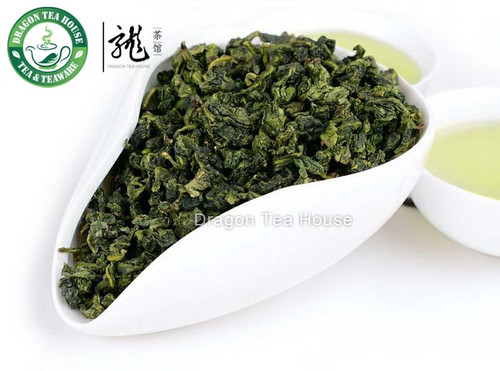Product Overview
Type: Black Tea
Package: Bag
Origin: China
Description: Tie guan yin is considered a kind of oolong tea. It is featured in leaves are curly, fat, round and tight, heavy and normal with emerald green color. The tea water is golden as amber with natural orchid aroma and mellow sweet taste.
They are small, tight and twisted in shape and are dark in color. This tea has a ripe fruit aroma with a unique rich and sweet taste that lingers pleasantly in the mouth after drinking. No other tea tastes or smells like this one and this is because it is made of Tie Guan Yin leaves. Delicate and smooth, the Tie Guan Yin black tea has the perfect amalgamation of the flowery fragrance and natural sweetness, with typical orchid flavour from Tie Guan Yin– which makes this tea unique.
This will be an absolutely new tea type we are going to deliver into your tea cup. The plantation, which locates at Xiping, Anxi, is very very small plus organically grown since day one, so each harvested could only produce a very limited quantity of tea. However, it is exactly this kind of "limitation" makes this tea a special experience to drink with.
Tie Guan Yin black tea is produced through a process of withering, pan-firing, rolling, and oxidation.
1. Withering- Withering takes around 10 hours and is done in a specialized withering room. During the process, the tea leaves get soft.
2. Rolling- The Rolling is conducted to damage the cells of the tea leaves, and the extracted tea juice will be able to produce fermentation. Now many of the farmers are using machine for rolling. This tea is done by hand in a traditional way.
3. Fermentation- The after rolling tea leaves are put in the bamboo basket for fermentation. The fermentation will last around 12 hours. it would need longer or shorter time depending on the temperature. When the tea leaves turn out to be copper red color and start giving off fragrant flavor, the fermentation is enough and need to stop. Fermentation is one the most critical processing to form the quality of Tie Guan Yin black tea.
4. Pan Frying -Though many of the Chinese green teas will need frying processing, Tie Guan Yin Black is the only one Chinese black tea which will undergo frying processing. Frying is conducted to stop the fermentation of the tea quickly. Actually as we know well that to stop the fermentation of black tea quickly, high temperature baking is a more efficient way, as the other black teas will do. So the high temperature pan frying is necessary to quickly kill the enzymes and stop fermentation.
5. Re-rolling- is traditionally conducted by hand, and now most of the tea producers are using machine for rolling. Re-rolling will shape the tight tea body, and the tea juice (already stabilized) will evenly cover on the tea body which will later after drying make the tea look shiny black.
6. Baking- The tea is put on the bamboo plate. The temperature will be controlled not to be too high. It will last overnight to make the tea enough dry.
7. Sorting- after baking the tea will be subject to sorting. Tea farmers need to pick out the broken tea leaves & stem to be the finished high quality tea.
To keep the merits of the Tie Guan Yin tea strain, we only picked the finest tips, and made only a small amount at a time. The Tie Guan Yin Black Tea combines the velvet savory texture of Black Tea with the unique floral charm of Traditional Tie Guan Yin tea. When brewed, this handcrafted tea has a reddish brown, jujube-like color with a rich, full-bodied sweetness. The tea imparts a wonderfully thick and creamy texture along with rich flavour and sweet nectar notes that stay on the tongue. A very smooth and sweet tasting black tea with lingering fruit and mineral notes.
Brewing Guide:
Traditional way
Step 1: Choose a 120cc Gaiwan.
Step 2: Put around 5-6g of Tie Guan Yin black in the Gaiwan
Step 3: Pour boiling water to Gaiwan, and steep for 10 sec for first infusion
Step 4: Pour the tea liquid in a pitcher, then pitcher in tea cup. Sip it and feel the rich, light sweet taste.
Note: The tea leaves can be re-brewed several times but will require more steeping time.
Cold brew
Step 1: Place 2 teaspoons of loose-leaf tea into the pitcher or jar.
Step 2: Pour 2 cups of room temperature or cold water into the pitcher.
Step 3: Cover the pitcher and place in the refrigerator for 8-12 hours.
Step 4: After cold steeping, take note of the liquid’s change in colour! Taste test your cold steep tea to see if it’s to your liking. If you think it was steeping for too long and is now too strong, simply mix in more cold water. When it is perfect, pour it through a fine mesh strainer to remove the loose leaf tea.













